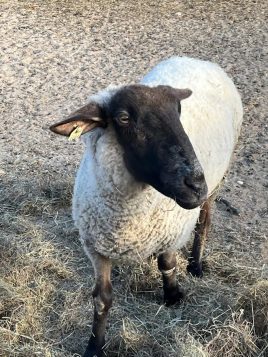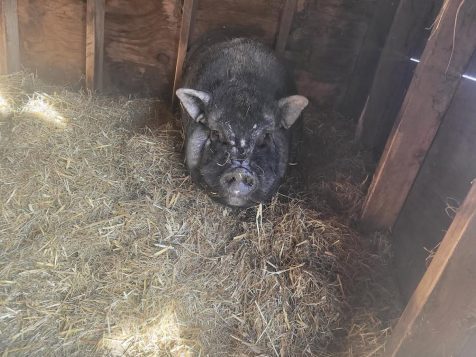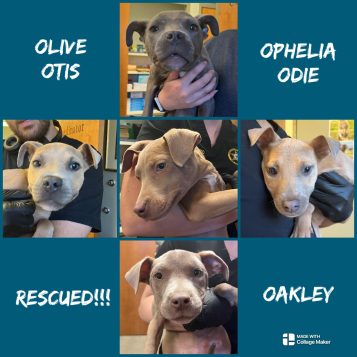Suffolk County Community College, 1001 Crooked Hill Road, Brentwood presents the Long Island Pet Expo on March 1 from 10 a.m. to 7 p.m. and March 2 from 10 a.m. to 5 p.m. with fur flying entertainment, dog sporting competitions and educational programs designed for the whole family.
The event returns to Suffolk County Community College Grant Campus in the Suffolk Federal Credit Union Arena and features many special attractions, pet adoptions and outstanding shopping for pet lovers and their pets.
“The Long Island area is passionate about animals and pets of all kinds,” said show co-producer Karen Garetano of Family Pet Shows, which runs several similar events in the northeast.
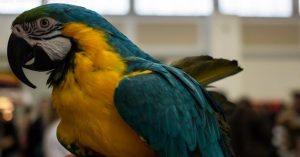
The 100+ special exhibits always feature some of the hottest new products coming out often before they hit the retail shelves. Pets on leashes are always welcome, and several area rescue groups with adoptable pets will be on hand.
Popular performers and presenters include Gail Mirabella and the Dynamo Dogs, Diana Frohman and her Beautiful Dancing Dogs, Schutzhund Demonstration by Maximum K9 Service, Zenos Dog Run Lure Course, Rainforest Reptiles Shows, TICA Championship Cat Shows, Rabbit Hopping, Parties by Parrots and more!
“We always have fun at these events, but we also are strong supporters of responsible pet ownership and humane values when it comes to all issues involving animals and pets,” said Garetano. “We partner with several community organizations, shelters, veterinarians and other animal lovers educate and inform when it comes to best practices for training, feeding and all aspects of pet care.”
Community and rescue organizations will be participating in the show where attendees can learn about pet adoptions as well as responsible ownership and care.
The event is expected to draw over 10,000 attendees over the weekend. Adult admission is $20, Kids 4-11 are $6, and those three years old and under are always free. For discount tickets and additional information, visit www.familypetshows.com.


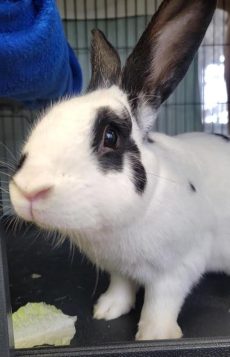
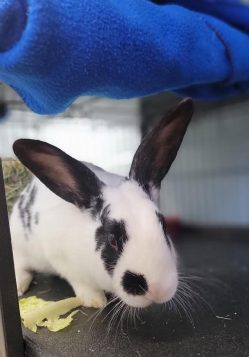

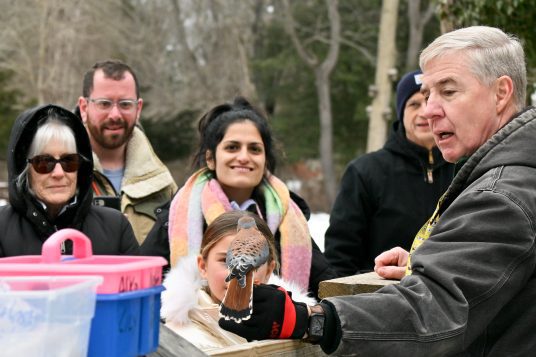

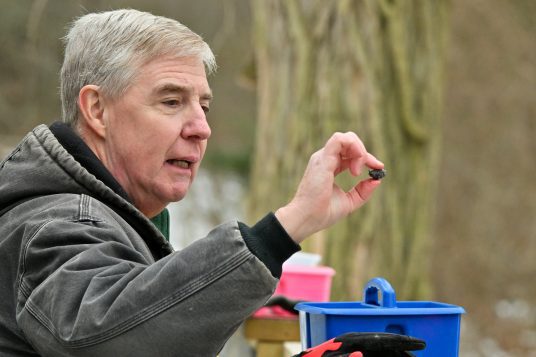
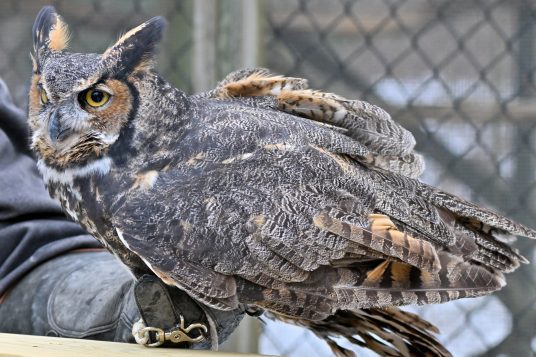


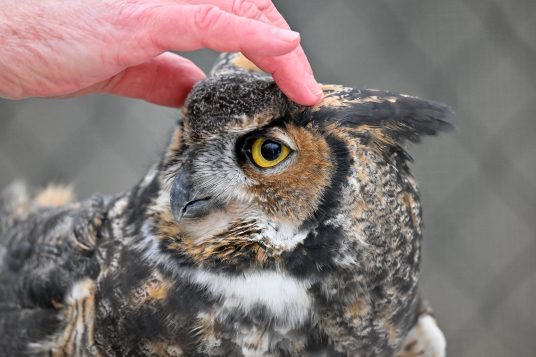
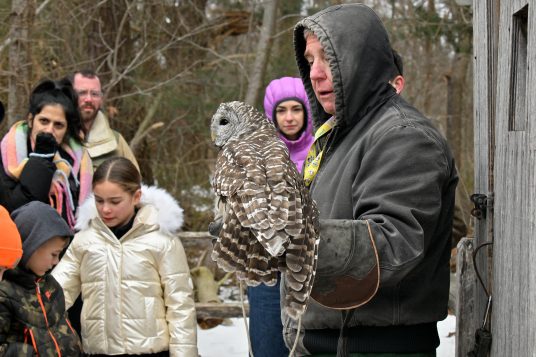
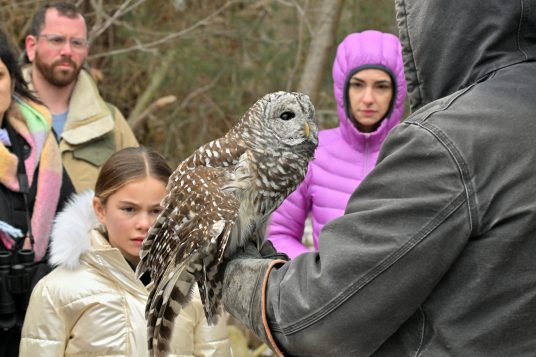
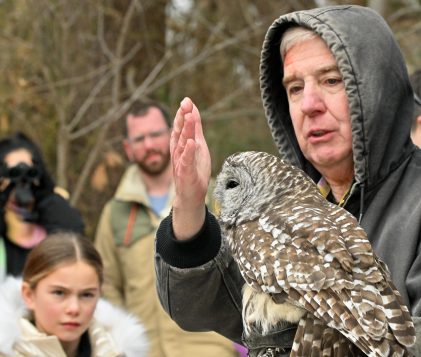
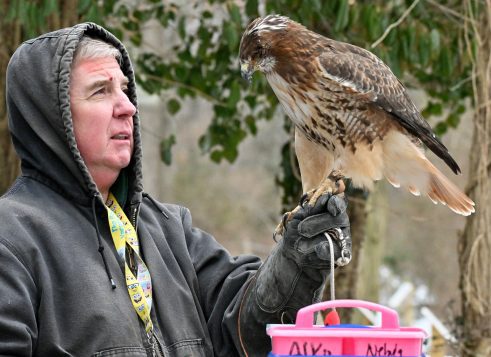

 Welcome to the 38th edition of Paw Prints, a monthly column for animal lovers dedicated to helping shelter pets find their furever home
Welcome to the 38th edition of Paw Prints, a monthly column for animal lovers dedicated to helping shelter pets find their furever home







